Kimono at Dawn by the Kamo River: Serenity by the Water
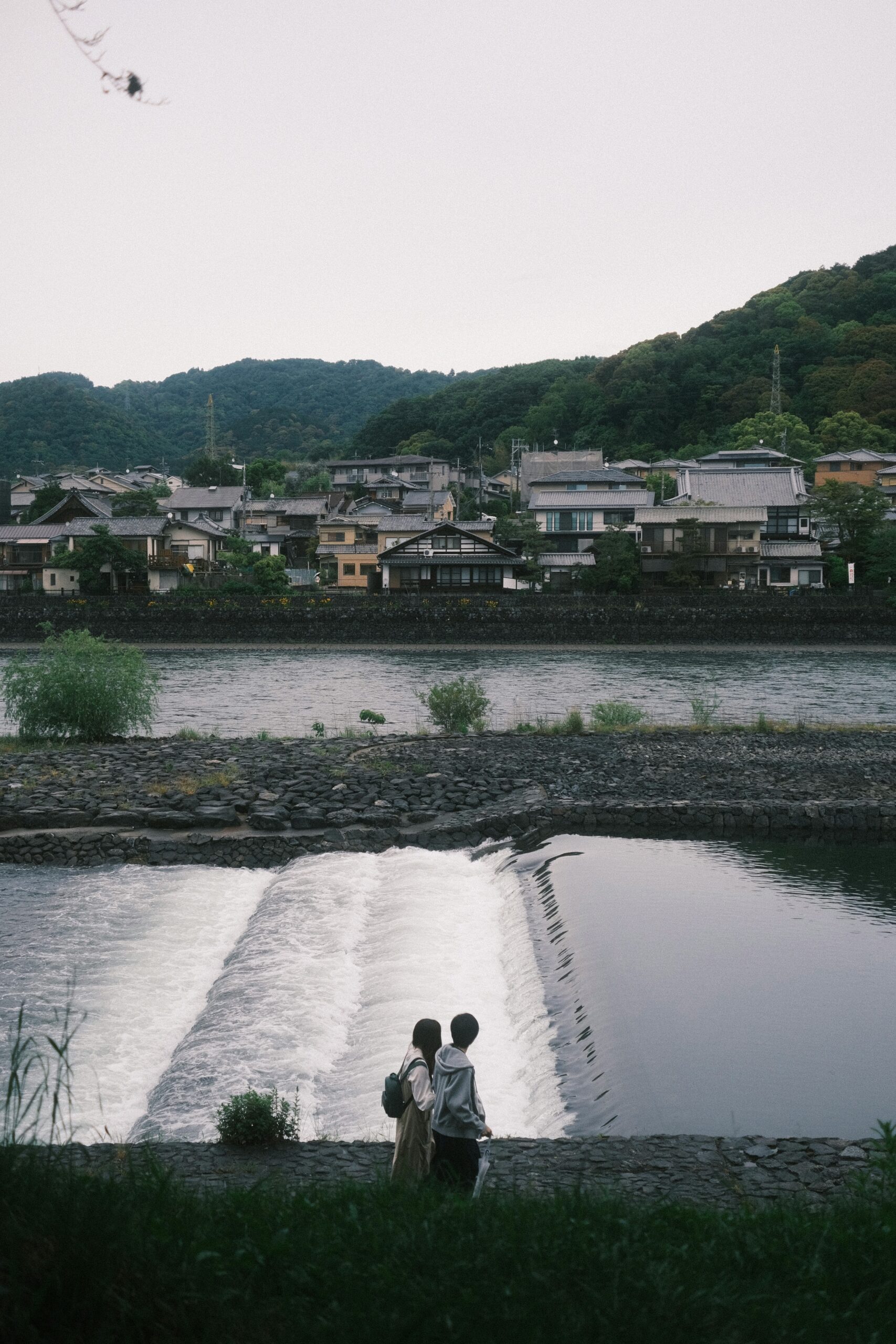
Few cities in the world capture the spirit of quiet beauty like Kyoto, Japan’s ancient capital. As the first rays of dawn touch the Kamo-gawa River, the city awakens slowly, with soft light reflecting on the water and distant temple bells marking the beginning of a new day.
It is in this moment—when the mist lingers above the river and the streets are still—that the traditional kimono becomes more than just attire. It transforms into a bridge between centuries, connecting modern life with timeless Japanese elegance.
In this article, we explore why dressing in a kimono by the Kamo River at sunrise has become a favorite experience for visitors and locals alike—and how you can live this serene moment through a professional photoshoot in Kyoto.
- 1. The Kamo River: Kyoto’s Soul in Motion
- 2. Why Sunrise Is the Perfect Time for a Kimono Photoshoot
- 3. The Meaning Behind Wearing Kimono in Kyoto
- 4. Where to Experience It: Allphoto Kyoto
- 5. The Art of the Kimono: Colors, Seasons, and Symbolism
- 6. The Perfect Route: From Gion to the Kamo River
- 7. How to Prepare for Your Kimono Photoshoot
- 8. What to Expect During the Photoshoot
- 9. Capturing Kyoto’s Spirit in Every Frame
- 10. Making the Experience Last
- 11. Why This Experience Resonates Globally
- 12. Final Thoughts: Serenity by the Water
1. The Kamo River: Kyoto’s Soul in Motion
The Kamo River (鴨川) is not only a scenic spot—it’s the emotional heart of Kyoto. Flowing gently from the northern mountains through the city’s cultural center, it passes landmarks such as Gion, Pontocho, and Demachiyanagi.
At dawn, the Kamo River transforms into a painting in motion: pale gold light on rippling water, herons standing still, and locals doing morning walks or cycling silently along the riverbank.
This peaceful setting offers the perfect backdrop for photography—especially for those dressed in traditional kimono. The gentle wind moves the fabric, the reflections shimmer on the water, and every frame feels like poetry.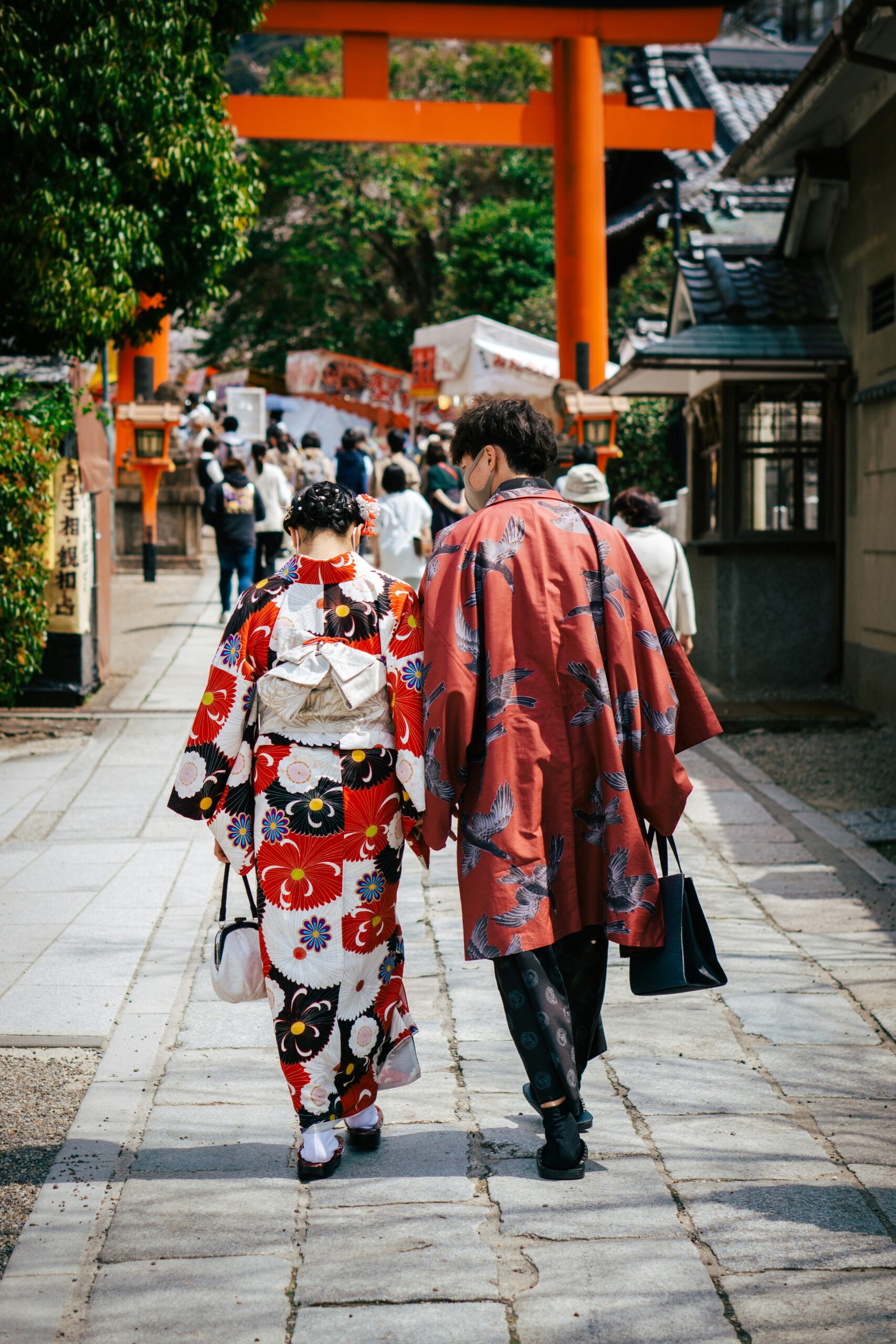
Kimono-clad visitors enjoying the beauty of Kamo River during cherry blossom season
2. Why Sunrise Is the Perfect Time for a Kimono Photoshoot
Photographers and travelers agree: early morning is when Kyoto feels truly magical. Here’s why shooting at dawn makes a difference:
a. Soft, Golden Light
Sunrise light in Kyoto—especially between 5:30 a.m. and 7 a.m.—creates a natural glow. It flatters skin tones and enhances the textures of silk and brocade found in kimonos.
b. Fewer Crowds
By the time tourists flood Gion or Yasaka Shrine, the intimacy of dawn is gone. Early morning sessions give you the city to yourself, making your photos calm, authentic, and cinematic.
c. Peaceful Energy
The city’s rhythm is slower. Locals feed birds, students cross the bridges, and the air smells of morning dew. Wearing a kimono in that stillness feels almost spiritual—a private conversation with Kyoto itself.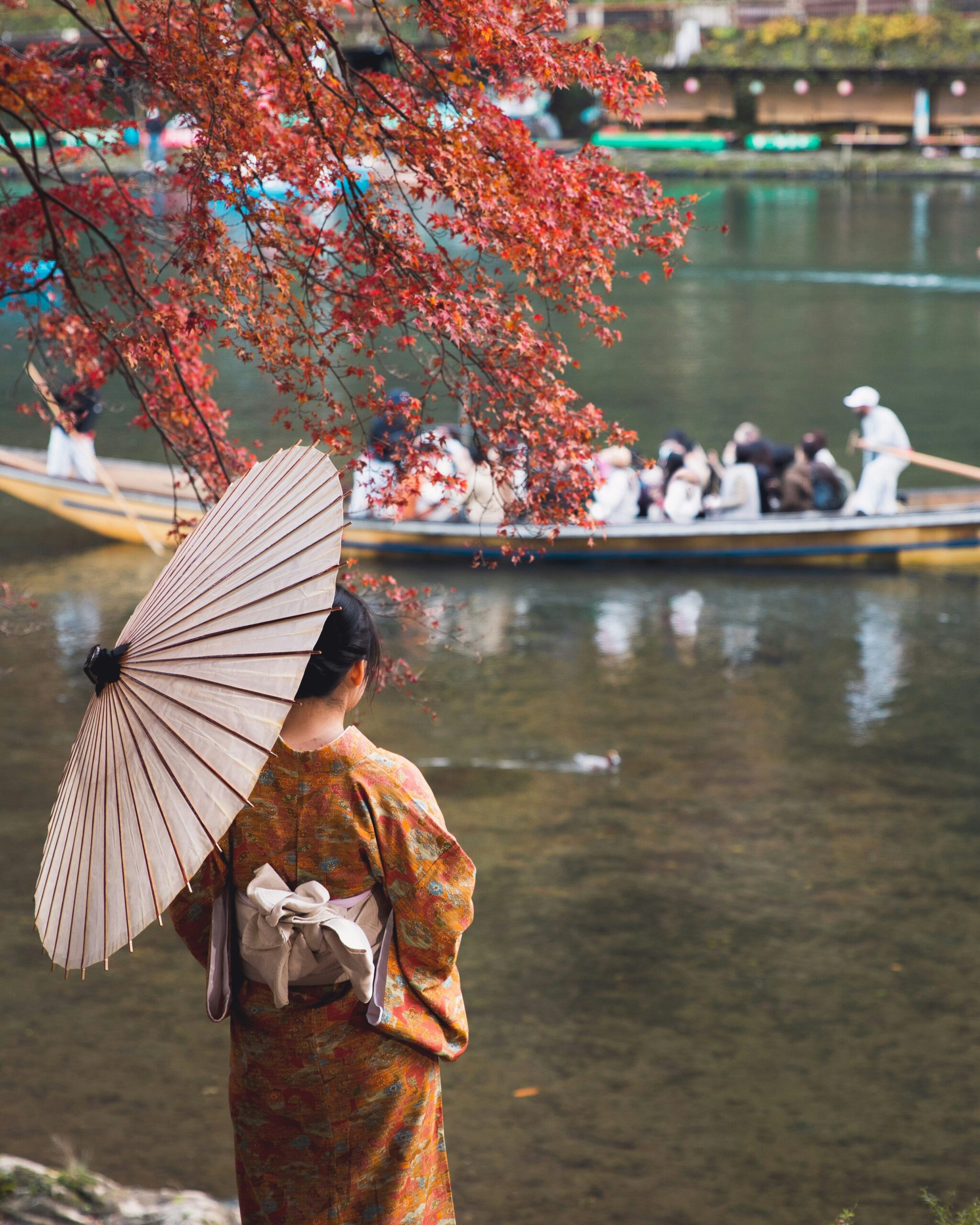
The serene streets of Gion at dawn, perfect for kimono photography
3. The Meaning Behind Wearing Kimono in Kyoto
Wearing a kimono is not just about fashion—it’s about cultural respect and storytelling. In Kyoto, this act carries centuries of symbolism:
Grace and mindfulness: every movement—how you walk, how you sit—reflects awareness and respect.
Connection to tradition: the patterns and colors often carry seasonal or poetic meanings.
Personal transformation: visitors often describe feeling “different” once dressed in kimono—more elegant, calm, and connected to the city’s rhythm.
Many locals say, “When you wear kimono, Kyoto welcomes you differently.”
4. Where to Experience It: Allphoto Kyoto
If you want to live this experience beautifully, Allphoto Kyoto offers professional kimono photoshoots near the Kamo River, Gion, and other iconic spots.
Their team provides:
- Elegant kimono rentals for women, men, and couples.
- Hairstyling and accessories matching your look and season.
- Professional photography with Kyoto’s natural light.
- Same-day reservations for last-minute travelers.
You don’t just get pictures—you capture emotions, the feeling of being part of Kyoto’s timeless story.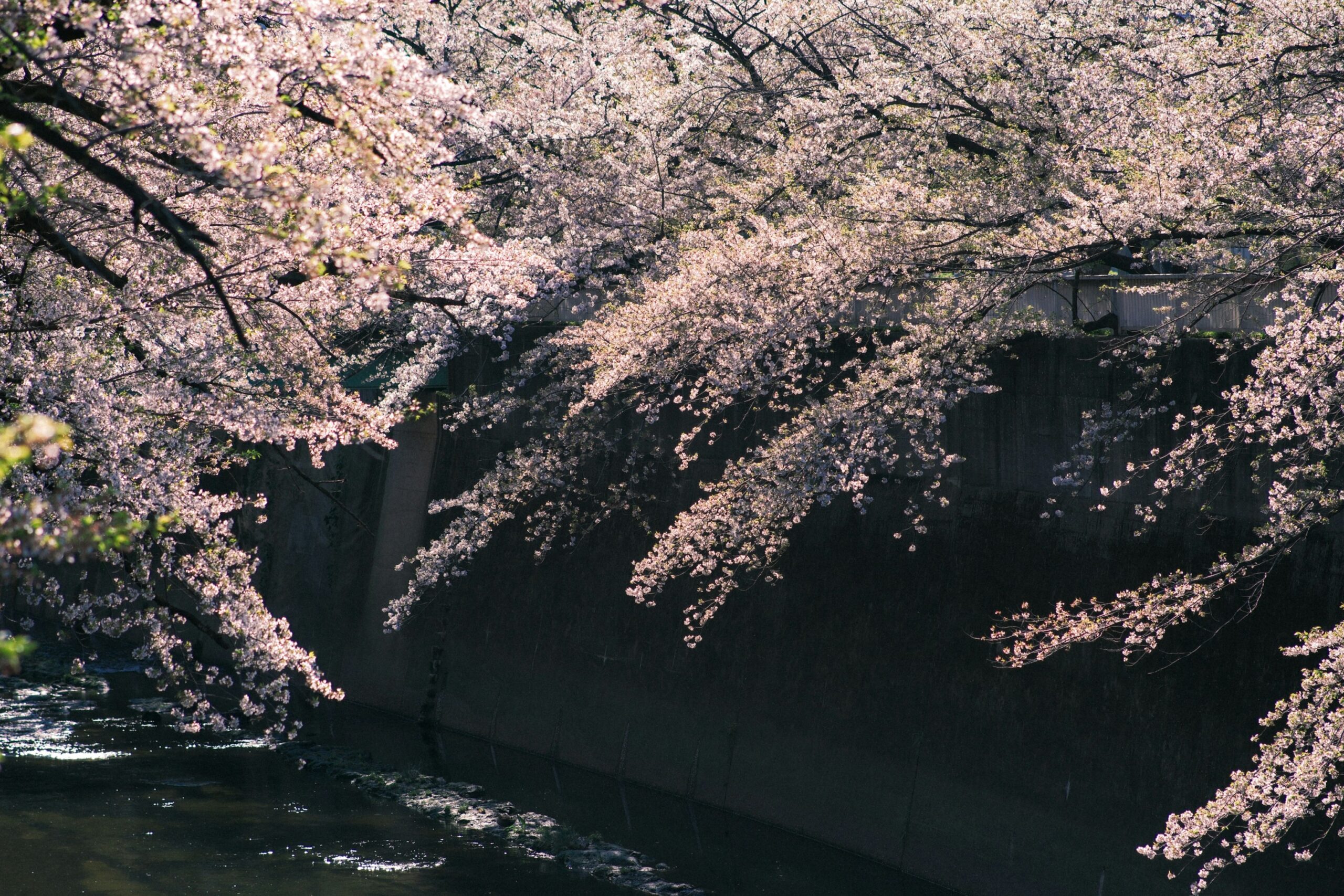
A romantic kimono photoshoot capturing Kyoto’s cherry blossom beauty
5. The Art of the Kimono: Colors, Seasons, and Symbolism
Kyoto’s beauty changes with every season, and so do the kimonos that match it.
Spring (Haru) – Cherry Blossoms and Renewal
Soft pinks, whites, and pastel greens mirror the sakura petals along the river. Perfect for couples and dreamy portraits.
Summer (Natsu) – Vibrance and Light
Light fabrics like yukata keep you cool. Bold blues and bright reds match the festive energy of Kyoto’s Gion Matsuri.
Autumn (Aki) – Golden Leaves and Reflection
Deep oranges, browns, and reds echo the maple leaves (momiji) near Kiyomizu-dera. The light is warm, nostalgic, perfect for storytelling photos.
Winter (Fuyu) – Simplicity and Elegance
Snow over the river creates cinematic contrast. Silvers, blacks, and muted tones evoke quiet beauty—ideal for intimate shoots.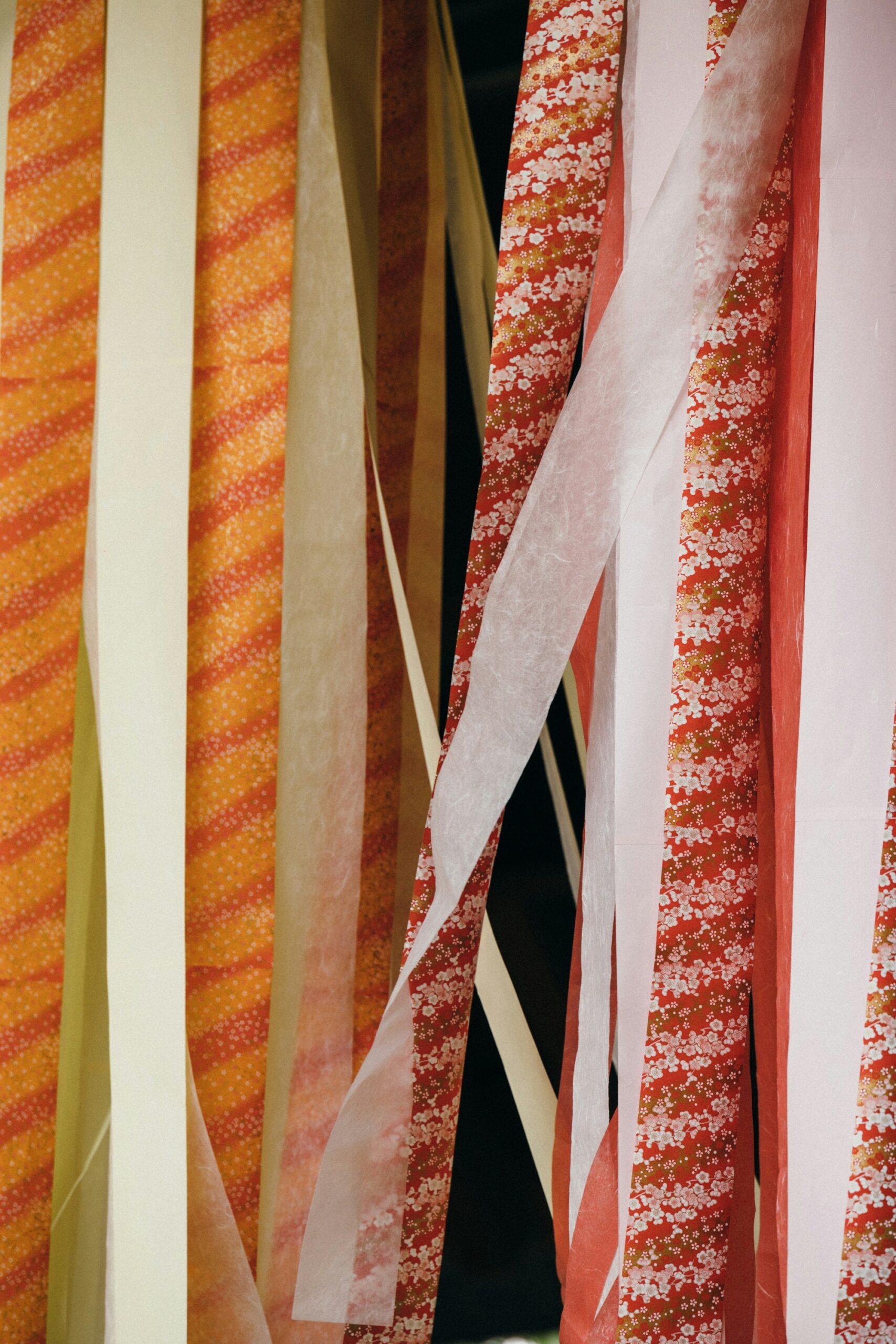
Traditional kimono patterns reflecting seasonal beauty and Japanese cultural heritage
6. The Perfect Route: From Gion to the Kamo River
To make the most of your kimono morning, follow this route:
- Start in Gion Shirakawa – cobblestone alleys and wooden machiya houses.
- Walk toward Tatsumi Bridge – an iconic photo spot under willow trees.
- Cross to the Kamo River – enjoy the sunrise reflection on the water.
- Continue to Pontocho – narrow streets filled with old-world charm.
This walk is short (about 1.5 km), yet it feels like a journey through centuries.
7. How to Prepare for Your Kimono Photoshoot
To make your morning session perfect, consider these practical tips:
- Book in advance: especially during cherry blossom or autumn season.
- Wear light undergarments: they help the kimono fit comfortably.
- Avoid heavy bags: keep your posture graceful.
- Hydrate and bring tissues: Kyoto mornings can be humid.
- Arrive early: light changes quickly; photographers prefer starting before sunrise.
8. What to Expect During the Photoshoot
When you arrive at Allphoto Kyoto, a stylist will help you choose the perfect kimono based on your skin tone, height, and occasion.
Then, your photographer will guide you to picturesque river spots. Expect gentle direction: where to look, how to move your hands, how to catch the light.
The goal is to capture emotion, not just beauty—the calm of morning, the sound of the river, the stillness before Kyoto awakens.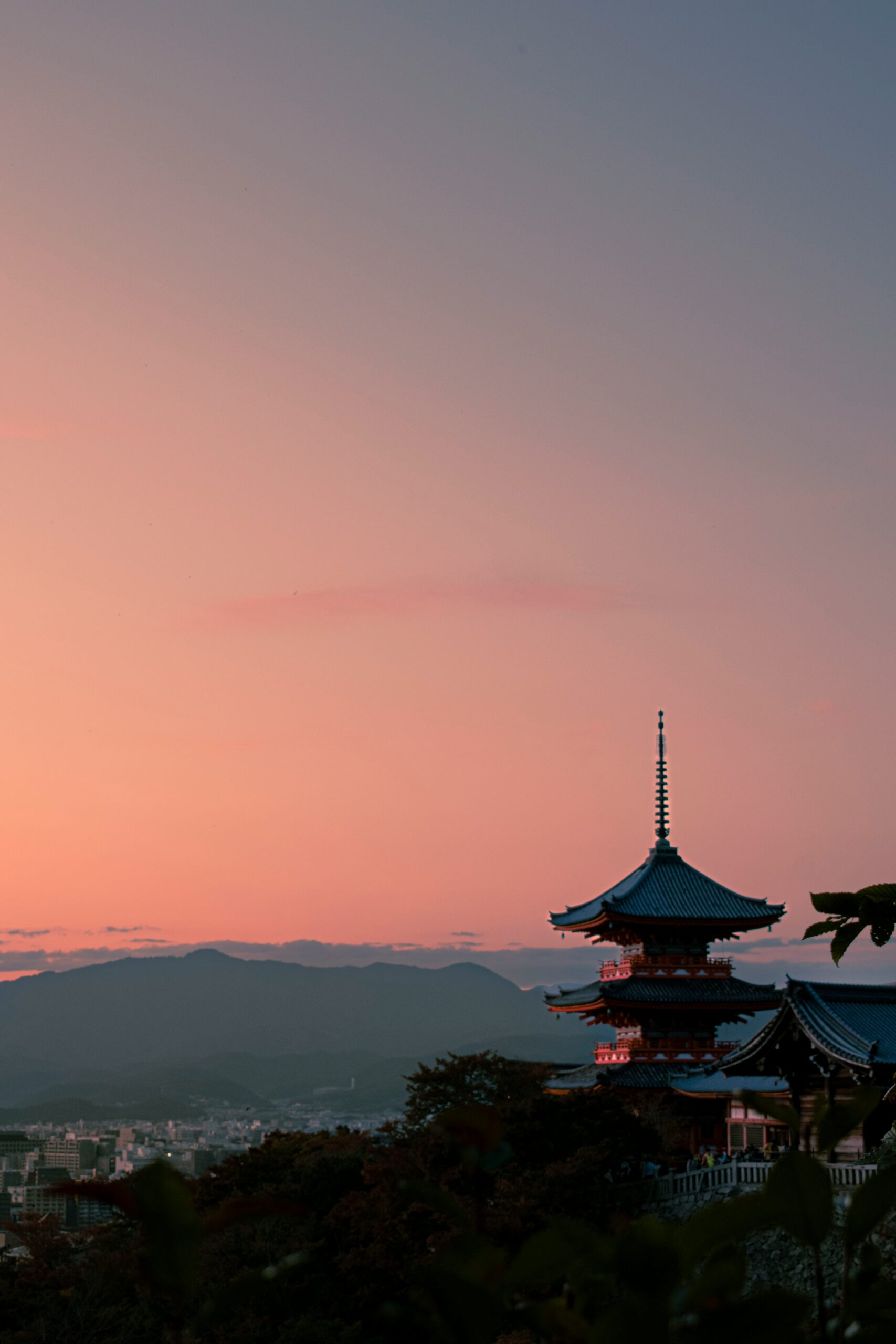
Iconic Kyoto temple at sunrise – a perfect backdrop for kimono photography
9. Capturing Kyoto’s Spirit in Every Frame
A kimono photoshoot by the Kamo River is not only about aesthetics—it’s a form of mindfulness. Each shot reflects a philosophy deeply rooted in Japanese culture:
“The beauty of impermanence.”
Just like cherry blossoms that bloom briefly, your moment by the river exists only once. The camera freezes that fleeting harmony of fabric, light, and heart.
10. Making the Experience Last
Once your session ends, you can continue exploring Kyoto in kimono—visit Yasaka Shrine, Maruyama Park, or stop for matcha at a riverside café.
Many clients of Allphoto Kyoto frame their pictures or share them online, turning their morning into lifelong memory. Others return for couple shoots, family portraits, or even pre-wedding sessions.
11. Why This Experience Resonates Globally
From Instagram influencers to travel photographers, more visitors choose kimono photoshoots because:
- It connects them emotionally to Japanese aesthetics.
- It creates content that stands out—authentic and elegant.
- It supports local artisans and small Kyoto studios.
And unlike Tokyo, Kyoto offers something Tokyo cannot: serenity. Here, tradition lives quietly in every bridge, lantern, and kimono fold.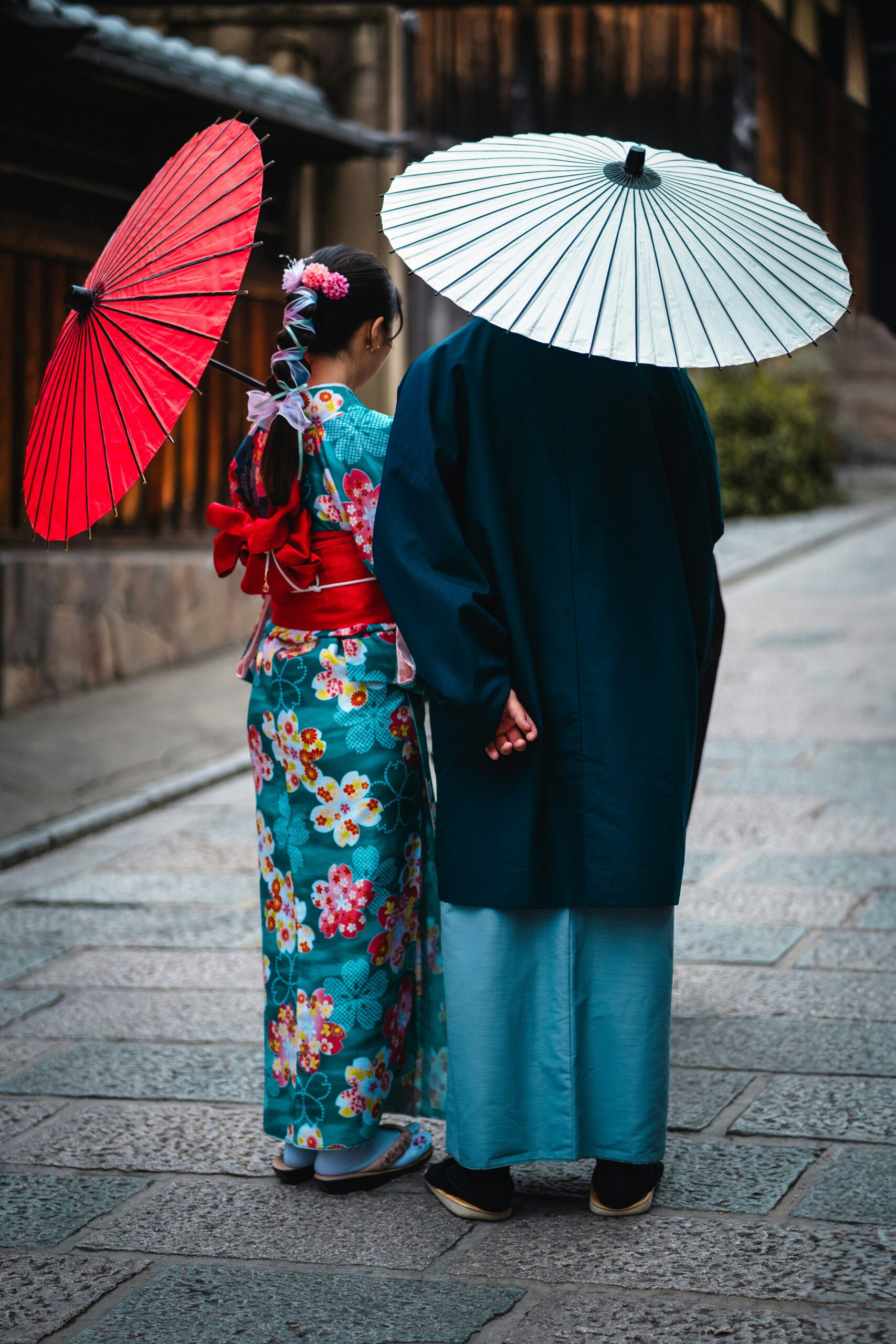
A timeless wedding photoshoot capturing the romance of Kyoto in traditional kimono
12. Final Thoughts: Serenity by the Water
Wearing a kimono at dawn by the Kamo River isn’t just a photo opportunity—it’s an encounter with Kyoto’s soul. The city invites you to slow down, breathe, and appreciate stillness as art.
If you want to experience this harmony for yourself, book your session at
and let the river, the morning light, and the timeless kimono tell your story.

コメント